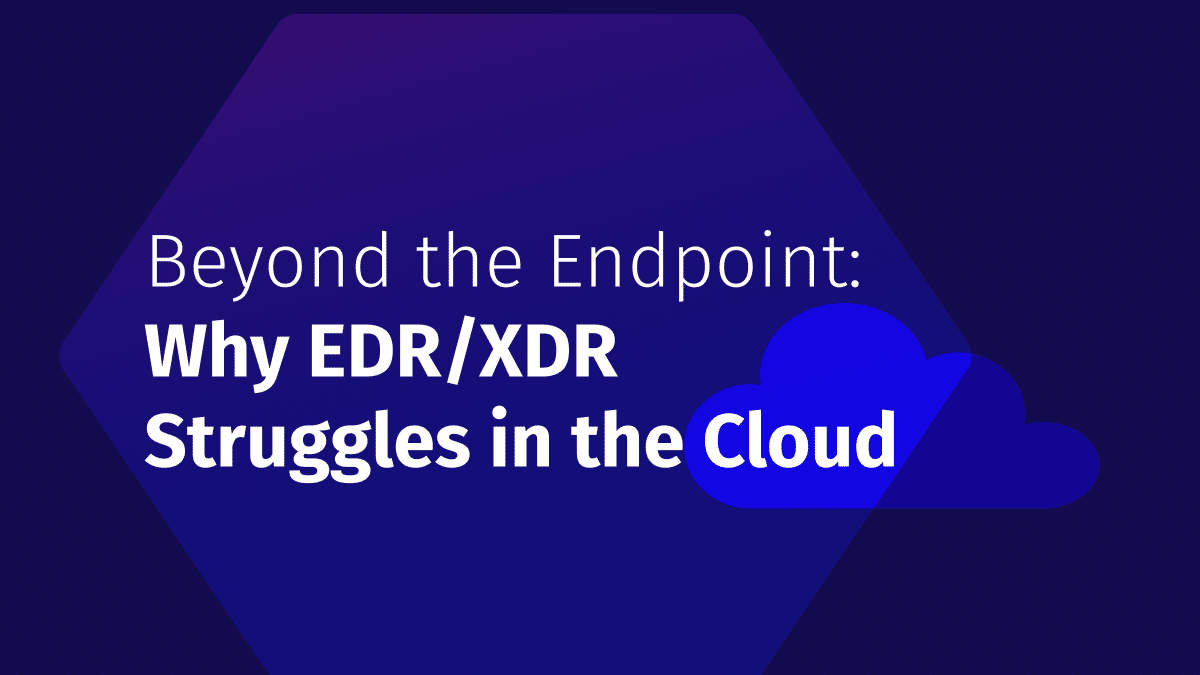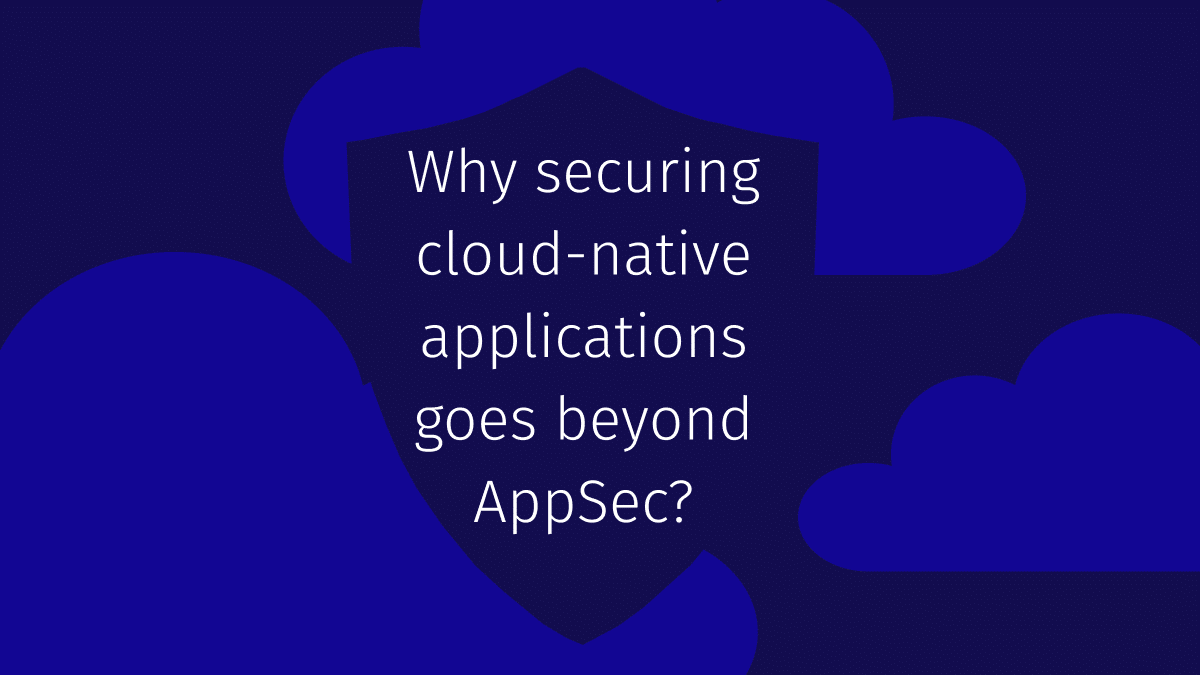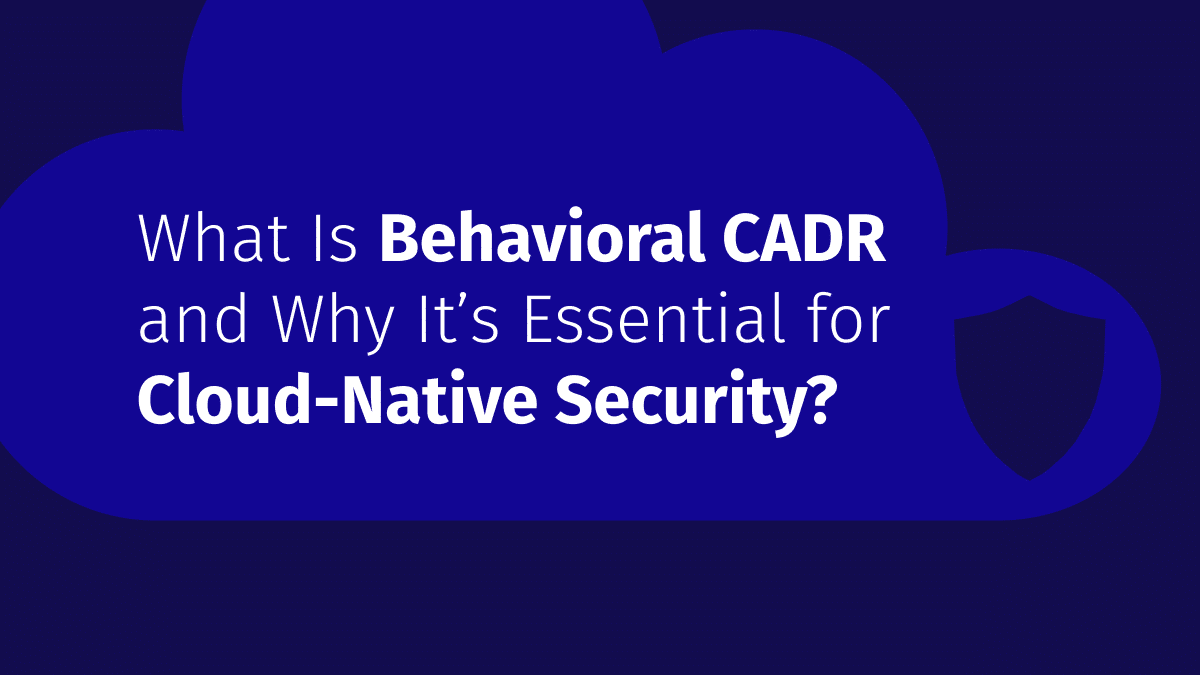Understanding Runtime Security in Multi-Cloud Environments
Runtime security in multi-cloud environments encompasses the continuous monitoring and protection of cloud-based resources during their active operation. Unlike traditional security approaches that focus on static configurations or pre-deployment checks, runtime security emphasizes:
- Dynamic and real-time monitoring of cloud objects (e.g., Kubernetes clusters, containerized applications, cloud accounts)
- Collection and analysis of data on active processes and configurations
- Detection and response to security threats as they emerge
This approach ensures that potential risks are identified and mitigated in real-time, providing an additional layer of protection against both known and emerging threats in complex multi-cloud setups.
Keep up with Cloud Runtime Security
Explore the various challenges that need to be addressed by the capabilities of a modern cloud runtime security solution.
Read Now
The Critical Importance of Runtime Security
Runtime security plays a crucial role in modern cloud environments for several reasons:
- Real-time threat detection and response: Enables organizations to identify and address security incidents promptly, minimizing the potential impact of attacks.
- Enhanced observability: Continuous data collection and analysis provide valuable insights into application and infrastructure behavior.
- Adaptive security measures: Allows for dynamic adjustment of security policies based on observed anomalies and emerging threats.
- Proactive risk mitigation: Helps prevent immediate threats and strengthens overall security posture.
- Improved control: Offers greater visibility and management over diverse cloud resources and environments.
Best Practices for Implementing Runtime Security
1. Comprehensive Container Event Monitoring
Implement thorough monitoring of all container activities using advanced tools like eBPF (Extended Berkeley Packet Filter). This practice involves:
- Capturing real-time data from containers and cloud environments
- Setting up rules to detect anomalies, attack patterns, and suspicious behaviors
- Leveraging collected data for threat prevention and enhanced observability
2. Robust Isolation Mechanisms
Employ strong isolation technologies to protect containerized applications and their environments:
- Utilize Seccomp (Secure Computing Mode) to restrict system calls
- Implement AppArmor for application-specific security profiles
- Leverage SELinux (Security-Enhanced Linux) for mandatory access control
- Enforce strict security policies to limit container capabilities and resource access
3. Adherence to Least Privilege Principles
Adopt and enforce the principle of least privilege to minimize security risks:
- Grant minimal permissions necessary for container and application functionality
- Regularly review and adjust access rights to maintain a restrictive security stance
- Implement role-based access control (RBAC) for fine-grained permission management
- Use tools like gVisor or Kata Containers for additional isolation when needed
4. Consistent Software and Dependency Updates
Maintain up-to-date container images, software, and dependencies to address vulnerabilities:
- Establish a regular patching schedule for all components
- Integrate automated update processes into CI/CD pipelines
- Use vulnerability databases to stay informed about potential risks
- Implement a policy for rapid deployment of critical security patches
5. End-to-End Runtime Security Coverage
Ensure comprehensive security throughout the container lifecycle:
- Integrate security practices in development, deployment, and runtime phases
- Implement shift-left security approaches for early vulnerability detection
- Use runtime application self-protection (RASP) tools for continuous monitoring
- Conduct regular security audits across all stages of the container lifecycle
6. Regular Vulnerability Scanning
Perform frequent vulnerability scans to identify and address security issues:
- Utilize automated scanning tools for container images and dependencies
- Integrate vulnerability scanning into CI/CD pipelines for continuous assessment
- Prioritize and remediate identified vulnerabilities based on severity and impact
- Maintain an up-to-date inventory of all container images and their security status
7. Comprehensive Log Analysis
Implement thorough log analysis practices to gain insights into cloud environment activities:
- Centralize log collection from all cloud resources and applications
- Use log analysis tools with machine learning capabilities for anomaly detection
- Set up alerts for suspicious activities or potential security incidents
- Correlate logs across different cloud services for a holistic security view
8. Effective Runtime-Based Response Strategies
Develop and implement robust response mechanisms for security incidents:
- Create automated response playbooks for common security events
- Establish clear escalation procedures for critical security incidents
- Conduct regular incident response drills to test and improve procedures
- Implement post-incident analysis to continuously refine security measures
By adhering to these best practices, organizations can significantly enhance their runtime security posture in multi-cloud environments, ensuring robust protection against evolving cyber threats.
Summary
Runtime security in multi-cloud environments is crucial for protecting cloud-based resources during their active operation. Unlike traditional security approaches, runtime security focuses on dynamic and real-time monitoring, data collection and analysis, and immediate threat detection and response. This approach allows for adaptive security measures, and strengthens overall security posture.
Key best practices include comprehensive container event monitoring, robust isolation mechanisms, adherence to least privilege principles, consistent software and dependency updates, end-to-end runtime security coverage, regular vulnerability scanning, thorough log analysis, and effective runtime-based response strategies. By implementing these practices, you can significantly improve your runtime security posture in multi-cloud environments.
To enhance your security measures, start a free trial of ARMO’s Cloud Detection and Response today.
Keep up with Cloud Runtime Security
Explore the various challenges that need to be addressed by the capabilities of a modern cloud runtime security solution.
Read Now



